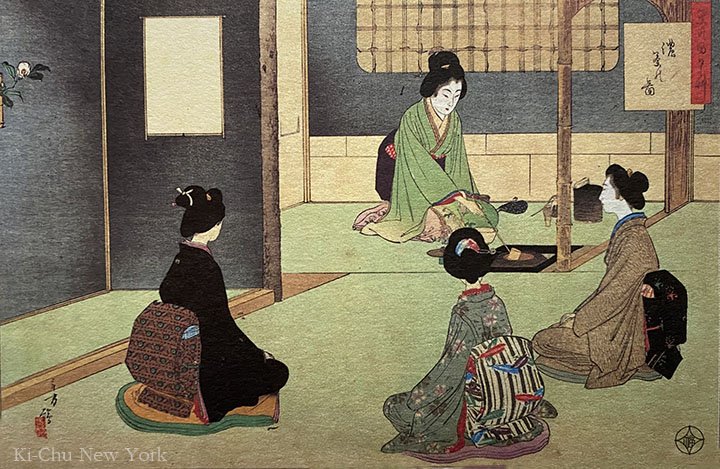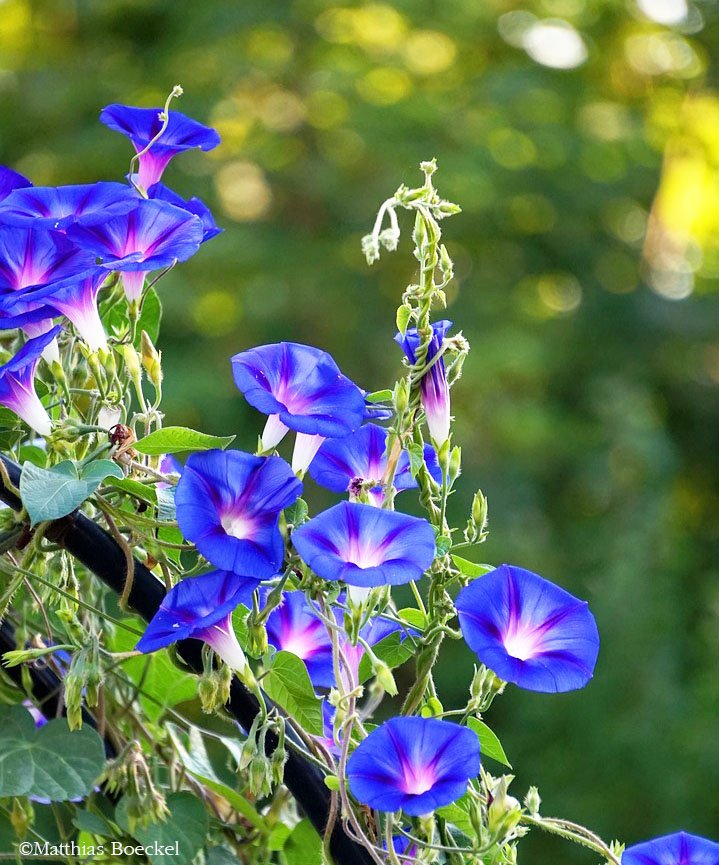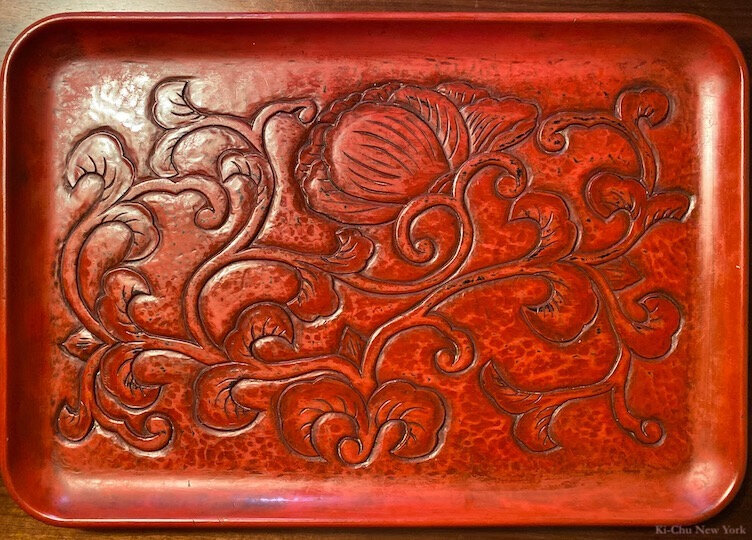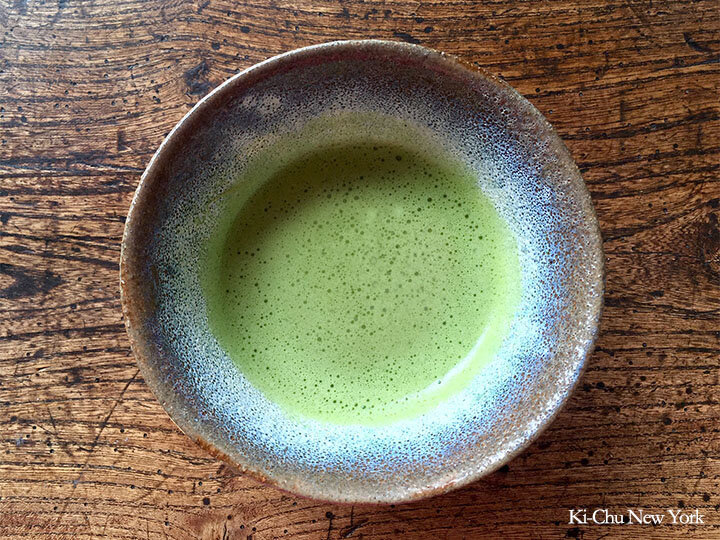Setting sail for morning fishing in Wajima (Photo taken before the earthquake)
As we approach Thanksgiving and reflect on the close of 2024, it’s a time to think about the events that have shaped us.
This year started with a significant event in Japan—the earthquake that struck the Noto Peninsula, causing deep devastation to Wajima. Wajima is a town blessed with beautiful natural surroundings, including the sea and mountains of the Noto Peninsula. This town, renowned for its Wajima Urushi ware, holds a special place in my heart. Hearing about the earthquake was very shocking.
In September, I had the opportunity to visit Wajima to meet the talented urushi artist Katsuji Kamata. This is the final episode of this journey, “Fly to Wajima to Meet Urushi -Part 3.”
Earthquake-induced landslides ( The photo was taken when Kamata-san showed us around Wajima on September 18th, 2024.)
The town is far from recovery, and seeing many houses remain collapsed nine months later was heartbreaking. Yet, the calm and quiet strength of Wajima’s people touched me deeply.
Kamata-san shared that, after the earthquake, he felt a responsibility to preserve Wajima’s centuries-old Urushi techniques and to support young artisans.
Being there, I felt the urge to bring the beauty of Wajima Urushi ware—its deep connection to nature, its heritage—to New York, hoping to help pass this legacy to the next generations.
Dock Under Construction: Earthquake-induced water level changes prevent fishing boats from landing their catch. ( The photo was taken when Kamata-san showed us around Wajima on September 18th, 2024.)
Due to the earthquake, accommodations in Wajima were very limited, so we stayed over an hour away by car in Wakura Onsen. During a taxi ride, our driver shared his story: his home had collapsed in the earthquake, and he and his wife, a nurse, had to relocate to an apartment. Fortunately, they have been renting this apartment near the hospital where she works for a long time.
Despite his struggles—such as a two-hour commute to Kanazawa just to do laundry—he remains calm, kind, and warm. He and his wife were born and raised in Wajima and are considering building a new house, but are undecidable as many of their neighbors have left the area. His tone was gentle and never negative, yet the weight of his words was immense.
When we arrived at the destination, we thanked him and offered a tip, as we would in New York. He refused a couple of times, but when we explained that we pay a tip in New York, he finally accepted with a smile. How does he remain so calm and warm in such difficult circumstances? Tipping may not be customary in Japan, but he truly deserves it.
At the inn, where most guests were workers on reconstruction efforts, my American husband and I probably stood out a bit, but we were met with kindness wherever we went.
Wakura Onsen Station (JR和倉温泉駅), a small station with no station staff. - The next day, we took the train from here to Kanazawa.
I’ll return to the story of Kamata-san. Shortly after our visit, heavy rainstorms hit Wajima. He was in Tokyo for his solo exhibition at that time. I learned from his pictures posted on Instagram that the home he bought to house young artisans was damaged by mud-sliding. Though his staff was there, thankfully no one was hurt but the damage forced even more craftsmen to leave Wajima. Unfortunately, he has had to cancel all further exhibitions for the time being. After having struggled to recover, this setback broke many spirits.
Afterward, I reached out to him, and he responded as he always does—calm and composed, though the situation had grown even more challenging. He said he enjoyed our last meeting and would love to come to New York to showcase his work.
After the heavy rain damage, he chose to stay in Wajima and continue making Urushi ware as he had done before, not out of a sense of obligation, but out of a pure desire to create in the beautiful natural surroundings of Wajima.
The graceful curves of his piece, "Undulation (うねり)", are deeply reflected in natural forms—leaves, flowers, expansive ocean views, sparkling sunsets, and mountain landscapes. Each element of nature influences his art, infusing his work with a unique vitality.
You can watch The Future of Wajima Nuri: Survival and Recovery at Japan House London, where Kamata-san participated as a panelist.
Sunset view of Shiroyone Senmaida rice fields 白米千枚田 (The photo taken before the earthquake)
Traditional Japanese culture is deeply tied to the beauty of Japan’s four seasons. We live in a time of material wealth and instant access to information through the Internet, yet many people still feel that something is missing.
To me, true richness lies in finding what brings you joy and deeply immersing yourself in it. Japanese traditions may require patience and dedication, but this behavior transforms into something fulfilling and meditative over time. I believe richness comes from gratitude for nature, cherishing the things around you, and truly enjoying them.
As we look toward 2025, I plan to offer more ways to share these experiences, bringing the beauty and tranquility of Japanese culture to New York. Please stay tuned!

















